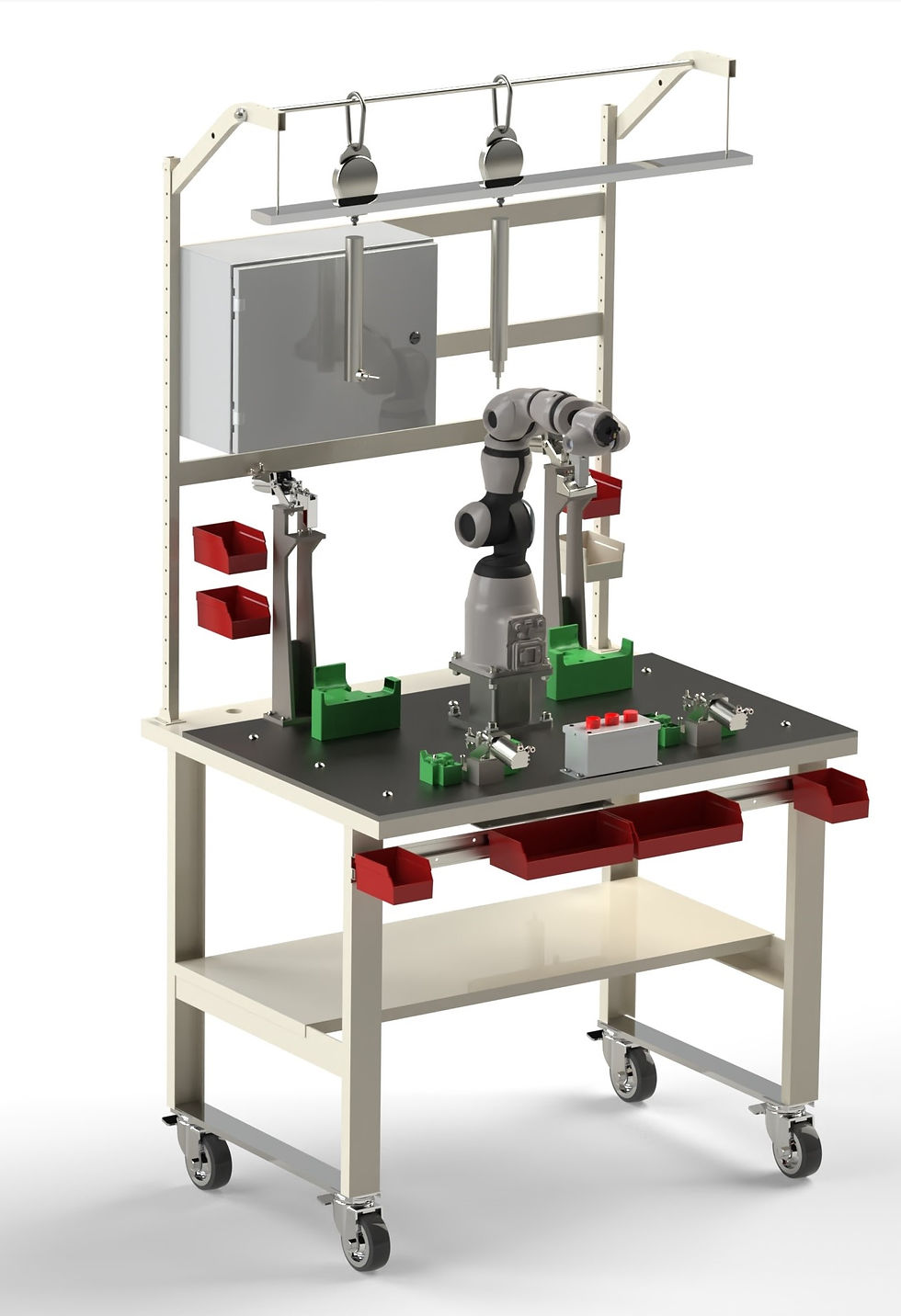The value of a plan: Our systems engineering process
- jackieolinger
- Oct 29, 2021
- 2 min read
Outlines and Plans
Maybe you’ve been here before:
The teacher says, “Be sure to develop a solid outline before you start writing your paper. Writing will be easier and come out stronger if you have a clear idea of what you’re going to write about first.”
Perhaps you were a student who wrote a detailed outline and breezed through a clear, well organized paper. Or maybe you were one of the students who struggled with outlining—or just wanted to jump into writing and get the paper churned out. In that case, the paper probably came out less clear than it could have been. It might even have had significant structural problems.

The Engineering World
Instead of a middle- or high-school paper, what happens when the “outline” is a design for an engineered system?
We all know that planning is important. But unfortunately in the business world, when we’re faced with increased costs it can still be tempting to cut corners.
So as professionals concerned with all of safety, cost, and efficiency, how can we work efficiently while making sure those corners stay uncut?
External and Internal Requirements
Licensed engineers are bound by the NSPE code of ethics, which requires, among other tenets, that engineers “hold paramount the safety, health, and welfare of the public” and “perform services only in areas of their competence.” These two points push professional engineers (PE) to ensure that designs are sound before they are built and implemented in the real world.
Ethically, engineers need to work to ensure safety on top of efficiency. So it’s important to have a system in place that supports that goal.
At KTM Solutions, we follow our own Systems Engineering process based on the military standard MIL-STD-499B. That system involves the following:
Program controls and plans
Requirements accountability
Requirements verification
Risk management
Design progress reviews
Formal design reviews (PDR/CDR)
Integrated master schedules
Contract/SOW/Spec integration
Integrated product teams
All stakeholders
Concurrent design process
Our system is built on the pillars of gathering all requirements, listing all of our assumptions about the project (we call them Ground Rules), and making sure all stakeholders take part in the PDR and CDR meetings. The process assumes heavier customer involvement at the beginning of a project, to make sure we integrate all specifications, and then has customer involvement taper off throughout the remainder of the project as we work toward the final designs.
We’ve found that following this procedure keeps the project focused and works with our engineers’ expertise and judgment to deliver reliable designs.
Next see how PE approval brings even more safety oversight to the project for added customer peace of mind.





Comments